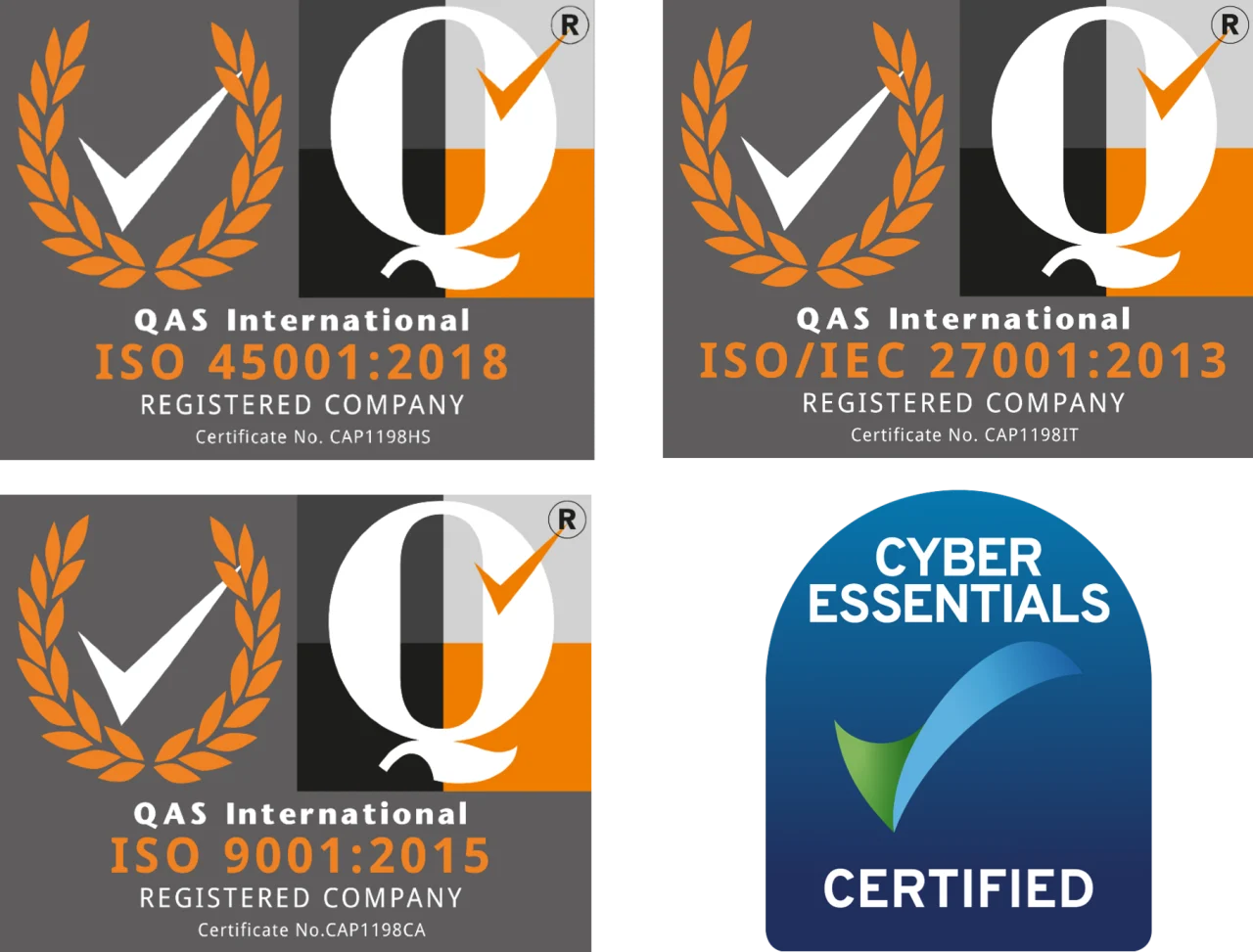Office 365 and the Microsoft 365 Platform have some very good security features. Unfortunately, not all of the protection is available at some levels of licensing, and “out of the box” even the features that your licensing does give you access to may not be fully configured or set to your organisational needs. There is quite a bit of adjustment and ongoing tuning required to get the best out of the system, and keep it working to an appropriate level.
To help you get the best out of the security levels available to you for the licensing that you have in place, ESP Projects offer our “Office 365 Security” Package.
How does it work?
ESP login to your 365 portal and configure some policies that help to protect you. For example, setting up email security policies to ensure that the most common email threats do not make it through to your users. We will also work through Microsoft Secure Score, to make sure that the various elements are configured to bring you to a supportable level of security. MFA will also be added as part of this configuration.
As organisations increasingly rely on Office 365 for their daily work, ensuring the security of their data and communications becomes critical. Here are some key aspects of Office 365 security, many of these need to be tuned to your organisational needs to ensure they are working effectively:
Identity and Access Management
Multi-Factor Authentication (MFA): Office 365 offers MFA, which requires users to provide two or more forms of verification before accessing their accounts. This adds an extra layer of security and by reducing the risk of breached accounts where “bad actors” (the new cool name for hackers) have access to your accounts.
Data Protection
Data Encryption: Office 365 uses encryption to protect data both in transit and at rest. This ensures that data remains confidential even if intercepted.
Data Loss Prevention (DLP): DLP policies help organizations classify, monitor, and protect sensitive information, preventing accidental or intentional data leaks. Common examples are National Insurance numbers, Credit card details etc, but the system can be tuned to protect much more.
Information Rights Management (IRM): IRM allows organisations to control and restrict access to specific documents and emails, even after they’ve been shared. Giving you greater levels of control over your data.
Threat Protection
Exchange Online Protection (EOP): EOP is designed to safeguard email communication by detecting and blocking spam, phishing attempts, and malware.
Advanced Threat Protection (ATP): ATP enhances email security by providing protection against advanced threats, including zero-day attacks and malicious links or attachments. Stepping beyond basic spam filtering and protecting your organisation and users further.
Safe Links and Safe Attachments: These features help prevent users from clicking on malicious links or opening malicious attachments in emails.
Security and Compliance Centres
Office 365 offers dedicated Security and Compliance centres that provide tools for managing and monitoring security settings, auditing, and compliance reporting.
Mobile Device Management (MDM)
Office 365 provides MDM capabilities to manage and secure mobile devices that access corporate data. This includes enforcing security policies and remote device wipe capabilities.
Security Awareness and Training
Microsoft offers resources for security awareness and training, including simulated phishing attacks to educate users about potential threats. Some levels of licensing can also include.
Audit and Reporting
Office 365 includes robust audit and reporting capabilities, allowing administrators to track user activities, security events, and compliance-related actions.
Advanced Threat Analytics
This tool helps organisations identify and respond to suspicious activities and potential security breaches by analysing user behaviour and network traffic.
Azure Active Directory (Azure AD)
Office 365 relies on Azure AD for identity management, and Azure AD includes additional security features like Conditional Access policies, integrating with MDM (Mentioned earlier) can allow organisations to control access based on conditions such as location and device, detect “impossible travel” where a users account is accessed in 2 different locations in an impossible short period of time – often blocking fraudulent log in attempts overseas / within UK.
Third-Party Integration
Organisations can also enhance Office 365 security by integrating third-party security solutions. To provide additional layers of protection and meet specific security requirements.
How do I use it?
You don’t, ESP will make the necessary configuration changes as part of your “Office 365 Security” subscription. We will then continue to monitor it to make sure it stays secure and operating correctly.
Conclusion
Protecting your organisation’s data and digital assets in Office 365 is an ongoing process. Your organisation must adapt to evolving threats and security best practices. By implementing a robust security strategy tailored to your unique needs and staying vigilant. You can enhance your Office 365 security posture and safeguard your business from potential threats.
Remember that cybersecurity is a collective effort. Involve your entire team in maintaining a secure environment. Consider staff cyber security training and consider consulting with cybersecurity experts if needed. Office 365 provides a powerful toolkit. By using it wisely, you can ensure that your organisation operates securely in the digital realm.

